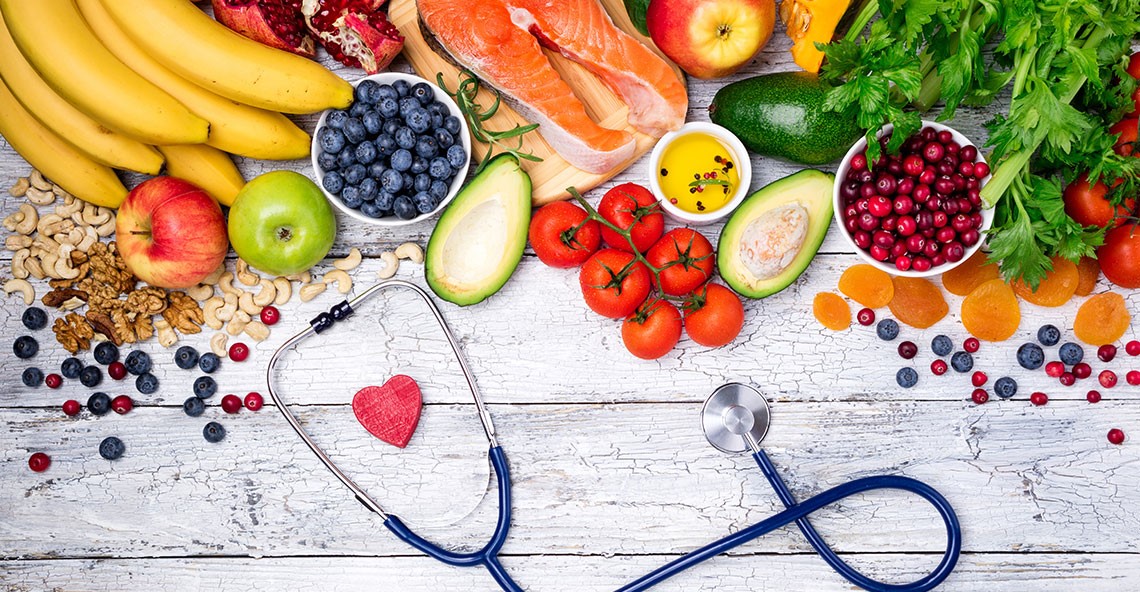METABOLISM AND NUTRITION
Once inside the cells of our body, nutrients undergo a range of biochemical reactions that together form what is called « metabolism ».
Metabolic processes that involve synthesis or assembly are called anabolic.
Metabolic processes that involve degradation or disassembly are called catabolic.
The main function of cellular respiration is the production of ATP molecules. The chemical bonds of ATP are rich in energy.
The transformation of nutrients containing energy in the body goes through three main stages :
1. The first stage is digestion. The blood carries t
2. The second stage takes place in our cells. Once inside the cell, nutrients can either be:
- Incorporated into the synthesis of lipids, proteins or glycogen by anabolic pathways.
- Degraded into pyruvic acid and acetyl CoA by catabolic pathways.
• 3. The third stage takes place in the mitochondria of our cells. It produces a large amount of ATP molecules (adenosine triphosphate) using oxygen (O2) and releases carbon dioxide (CO2) and water (H2O).
Some of the chemical reactions of stage 2 and all of those of stage 3 make up a set of chemical reactions called cellular respiration.
Nutrition is the set of processes involved in the transformation of food by the body for metabolic use. It is also a medical discipline practiced by nutritionist doctors. Non-medical professionals who deal with nutrition are dieticians. Their essential role is to prescribe diets adapted to the nutritional needs of patients.

Foods contain nutrients, which are grouped into two main categories: macronutrients (carbohydrates, lipids, and proteins), and micronutrients (vitamins, minerals, and trace elements).
For each food, nutritionists calculate a nutritional value, which indicates its energy value (number of calories).
Malnutrition refers to inadequate or excessive consumption of certain nutrients. Malnutrition is a pathological state resulting from inadequate nutritional intake compared to the subject's needs.




